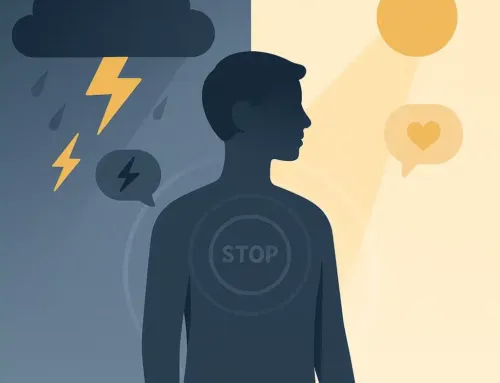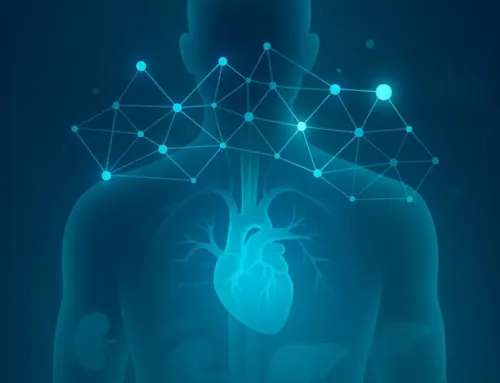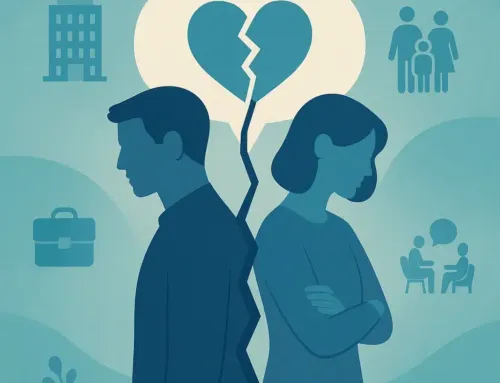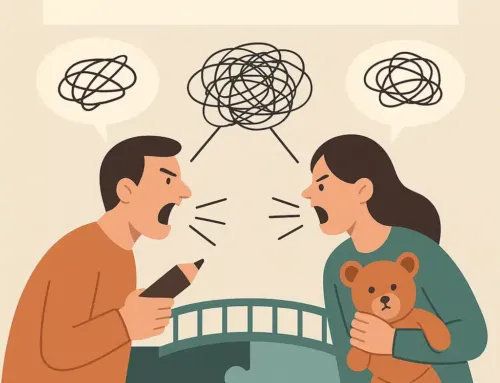
Approx. read time: 6.7 min.
Post: Breaking Addiction to Negative Life Fixes: How to Face Your Demons Without Numbing Out
Breaking addiction to negative life fixes. When life hurts, humans reach for relief. That’s not weakness—it’s instinct. But when the quick relief becomes the only relief, we slip into a trap. Call them vices, bad habits, destructive cycles—negative life fixes are the things we turn to when we can’t stand the way we feel, and we need it to stop. Fast.
They come in many forms: alcohol, binge eating, overspending, sex, toxic relationships, doom-scrolling, gambling, drugs, self-harm, rage, escapist fantasy, and even the more socially acceptable addictions like workaholism or obsessive fitness. Some people chase numbness, others chase chaos. Either way, it’s not just a bad decision—it’s often a survival strategy. And like any strategy that “works” temporarily, it can become impossible to put down.
This article is about the cycle underneath it all—the addiction to negative life fixes—and how to break the loop by doing the one thing our pain-averse culture fears most: facing life directly.
The Real Root: Emotional Avoidance-Breaking addiction to negative life fixes
Most negative life fixes aren’t about pleasure. They’re about escape. Relief. Distraction. Control. When someone lights a cigarette, chugs a drink, clicks “Add to Cart” for the fifth time that week, or disappears into porn for hours—it’s not usually because life is going great.
They’re trying to regulate something: anxiety, shame, anger, loneliness, grief, fear. Something they were never taught how to hold, or worse, were punished for feeling.
And here’s the twist: often, the fix works. Temporarily.
- The drink relaxes the nerves.
- The shopping gives a dopamine high.
- The hookup makes you feel wanted.
- The anger makes you feel powerful.
- The binge makes the emptiness stop.
But when the fix wears off, you’re back where you started—plus guilt, shame, and the creeping awareness that you’re losing control. So you reach again. And again. Eventually, the fix becomes a prison.
Addiction: Not Always Chemical
We tend to picture addiction as heroin needles or empty vodka bottles. But addiction doesn’t always look like that. You can be addicted to drama. You can be addicted to approval. You can be addicted to busyness, always moving so you don’t have to feel. These are “process addictions”—compulsions that live in your habits, not your bloodstream.
At the core of every addiction is repetition, and at the core of repetition is emotional reward, even if it’s negative. If yelling at someone makes you feel in control, and control makes you feel safe, you might repeat that behavior even if it ruins your relationships.
These patterns are not just mental—they’re wired into your nervous system. You teach your brain and body, over time, what gets you relief. And the more consistent that loop becomes, the harder it is to unlearn.
Why It Feels Impossible to Quit
Quitting a negative fix isn’t just about willpower. It’s about identity. Many people build entire routines, relationships, and reputations around their coping mechanisms.
- The party animal.
- The high performer who never rests.
- The sarcastic loner who doesn’t let anyone in.
- The emotional caretaker who keeps busy fixing everyone else.
Letting go of a destructive fix means confronting the pain it was protecting you from. It means feeling raw emotions without the buffer. It means facing the hole in your life you’ve spent years covering up. That’s not easy—and it’s why people relapse. The fix isn’t just an indulgence. It’s a shield.
But that doesn’t mean it’s impossible. It just means the solution has to be deeper than the problem.
The Lie of the Fix
Negative fixes sell you a lie: that there’s a shortcut to peace. That you can skip the hard stuff. That you can cheat pain.
But here’s the truth: avoiding your pain only feeds it. What you suppress festers. It turns into anxiety, depression, burnout, emptiness, and addiction. You don’t get to choose whether or not you deal with your pain. You only choose when. And the longer you wait, the heavier it gets.
The fix pretends to be medicine. But real healing never comes from avoidance.
Facing Demons Without Feeding Them
So what’s the alternative? If negative life fixes numb us from pain, what’s the positive life fix that leads to healing?
There’s no single path. But here are five critical components that help turn the tide:
1. Radical Self-Honesty
You can’t fight what you won’t name. The first step is admitting what the fix actually does for you. Not just “I want to stop drinking,” but “Drinking helps me forget how alone I feel every night.” Not just “I want to stop yelling,” but “Yelling makes me feel less powerless.”
Own it. No shame, no sugarcoating. Just truth.
2. Safe Connection
Shame thrives in silence. Healing thrives in connection. Whether it’s a therapist, a support group, a mentor, or one brutally honest friend—you need someone who can hold space for your truth without trying to fix it.
Vulnerability rewires the nervous system. It teaches your brain that you’re not alone. That someone can see your mess and not run. That you’re worth loving even when you’re not performing or numbing.
3. Replacement, Not Removal
You can’t just rip out a fix and leave a void. The brain hates voids. If you take away the destructive behavior, you need to replace it with something that gives you relief in a healthier way.
That could be:
- Movement (exercise, dance, walking)
- Creativity (writing, music, painting)
- Nature
- Meditation or breathwork
- Journaling
- Helping others
- Spiritual practice
The key is conscious relief, not unconscious numbing. You’re not erasing emotion—you’re learning to carry it differently.
4. Routine and Structure
Chaos breeds relapse. You need rhythm. Predictability. Not to control every detail, but to stop living at the mercy of your emotions.
This might mean going to bed at the same time every night, meal prepping so you don’t binge, setting phone limits, planning your week in advance, or having a go-to routine for when the urge hits.
Structure gives the emotional brain a rest. It stops you from making 100 decisions in a day where only one wrong one leads back to the fix.
5. Acceptance of Pain
This is the hardest and most essential truth: pain isn’t the enemy. Discomfort is part of growth. Emotions are meant to be felt, not feared.
When you stop running, something wild happens: the thing you were terrified of facing starts to lose power. You realize you can feel sadness without drowning in it. You can feel anger without exploding. You can feel fear without fleeing.
Freedom doesn’t come from escaping pain. It comes from building the muscle to stay present with it.
Final Word: Freedom Is Earned
There’s nothing glamorous about healing. It’s messy. It’s slow. It’s full of backslides and false starts. But every time you choose presence over the fix, you teach your brain that you’re safe without the crutch. You reclaim power, inch by inch.
No one else can do that work for you. But no one can stop you from doing it, either.
Your life isn’t meant to be one long series of escapes. You’re not here to numb your way through the years. You’re here to live. To feel. To face what’s real—and grow strong enough to carry it.
That’s not just recovery. That’s transformation.
Related Videos:
Related Posts:
Child-Parent Perspective Conflict: Understanding and Resolving the Generational Divide
Coping with Childhood Trauma: 10 Proven Strategies for Healing and Growth
AI in Diabetes Treatment and Prevention
10 Revolutionary Breakthroughs Powering a Transformation in Cancer Care
Rising from the Ashes: Why I Chose to Rebuild Myself Through Advocacy









